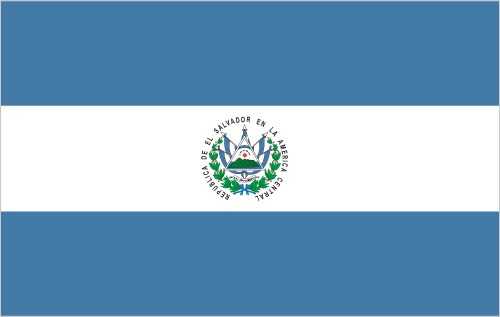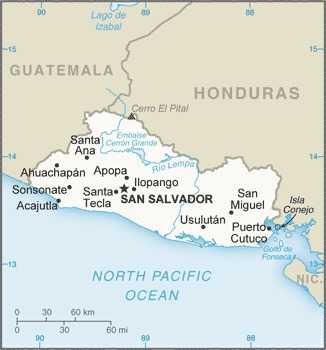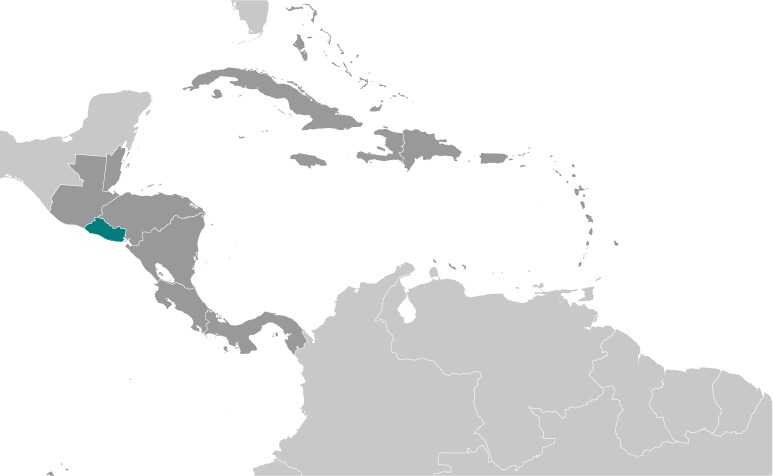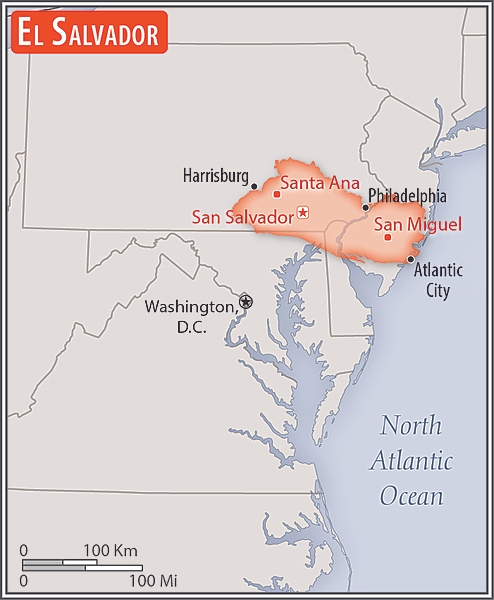Introduction
Visit the Definitions and Notes page to view a description of each topic.
Geography
People and Society
Population
comparison rankings: total 110; male 110; female 107
Languages
Median age
comparison ranking: total 143
Population growth rate
comparison ranking: 163
Birth rate
comparison ranking: 90
Death rate
comparison ranking: 161
Net migration rate
comparison ranking: 219
Maternal mortality ratio
comparison ranking: 105
Infant mortality rate
comparison ranking: total 112
Life expectancy at birth
comparison ranking: total population 121
Total fertility rate
comparison ranking: 105
Obesity - adult prevalence rate
comparison ranking: 57
Alcohol consumption per capita
comparison ranking: total 116
Tobacco use
comparison ranking: total 145
Education expenditure
comparison ranking: Education expenditure (% GDP) 144
Environment
Carbon dioxide emissions
comparison ranking: total emissions 113
Government
Economy
Real GDP (purchasing power parity)
comparison ranking: 108
Real GDP growth rate
comparison ranking: 131
Real GDP per capita
comparison ranking: 138
Inflation rate (consumer prices)
comparison ranking: 17
GDP - composition, by sector of origin
comparison rankings: agriculture 115; industry 115; services 81
Industrial production growth rate
comparison ranking: 125
Labor force
comparison ranking: 113
Unemployment rate
comparison ranking: 36
Youth unemployment rate (ages 15-24)
comparison ranking: total 151
Gini Index coefficient - distribution of family income
comparison ranking: 43
Public debt
comparison ranking: 20
Taxes and other revenues
comparison ranking: 47
Current account balance
comparison ranking: 113
Reserves of foreign exchange and gold
comparison ranking: 109
Debt - external
comparison ranking: 44
Energy
Electricity
comparison rankings: installed generating capacity 113; consumption 123; exports 89; imports 86; transmission/distribution losses 90
Energy consumption per capita
comparison ranking: 125
Communications
Telephones - fixed lines
comparison ranking: total subscriptions 72
Telephones - mobile cellular
comparison ranking: total subscriptions 88
Broadband - fixed subscriptions
comparison ranking: total 88
Transportation
Merchant marine
comparison ranking: total 169





